A powerful cleaning device, an ultrasonic parts cleaner employs ultrasonic sound waves to rid things of dirt, grime, and other buildups. This kind of cleaner is frequently used in industrial and commercial settings to swiftly and thoroughly clean parts and machines. A tank filled with cleaning solution, an ultrasonic generator, and a basket or rack to hold the items cleaned make up most ultrasonic parts cleaners. The cavitation bubbles produced by ultrasonic sound waves in the liquid stir and dislodge dirt and grime from the surfaces of the cleaned things. They are also more environmentally friendly than when employing toxic chemicals or chemical solvents. Read More…
Since 1972, Esma Inc. has been producing quality ultrasonic cleaners, as well as benchtop electropolishing equipment. Esma offers a unique and progressive approach to automating the ultrasonic cleaning process.
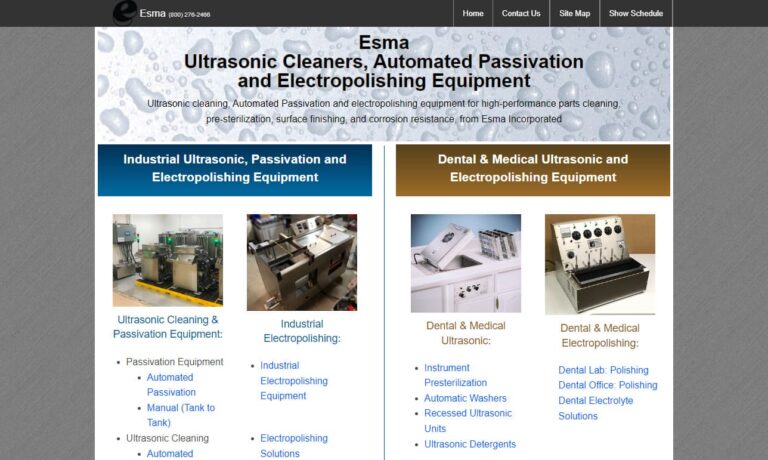
Giant Finishing, Inc. is a worldwide manufacturer and supplier of finishing equipment. We are a family owned business with over 25 years of experience in the industry. Our goal is to provide quality equipment and quality customer service for all surface finishing needs, and we supply equipment, chemicals, compounds, and finishing media to companies around the world. Visit our website or call us...

Great Lakes Finishing Equipment, Inc. is a full line supplier of aqueous and semi-aqueous ultrasonic cleaning equipment. Equipment includes benchtop cleaners, tank and generator series, immersible transducers, console systems and engineered systems. Our customers include defense, aerospace, medical, firearms and industrial.
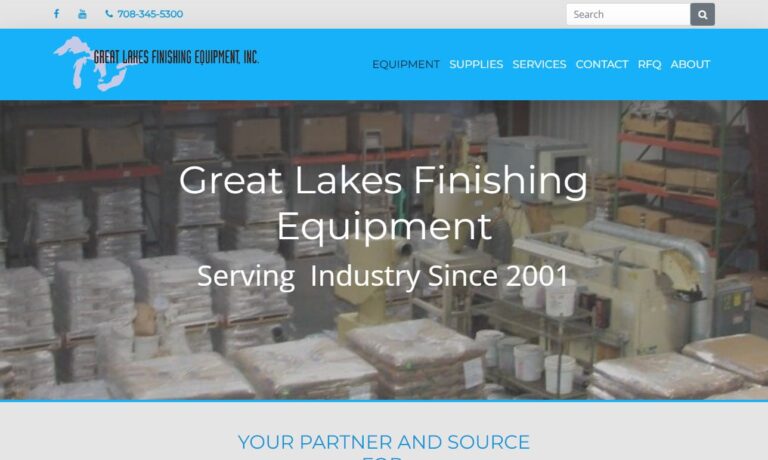
We specialize in ultrasonic cleaning technology that redefines precision and efficiency across industrial applications. At Emerson, we design and manufacture advanced ultrasonic cleaning equipment engineered to remove contaminants from complex parts with unmatched thoroughness.

At SHARPERTEK USA, we specialize in delivering advanced ultrasonic cleaning equipment that meets the highest standards of precision, reliability, and performance. Based in the United States, we design and manufacture a full line of ultrasonic cleaners that serve industries ranging from medical and dental to aerospace, automotive, and industrial manufacturing.
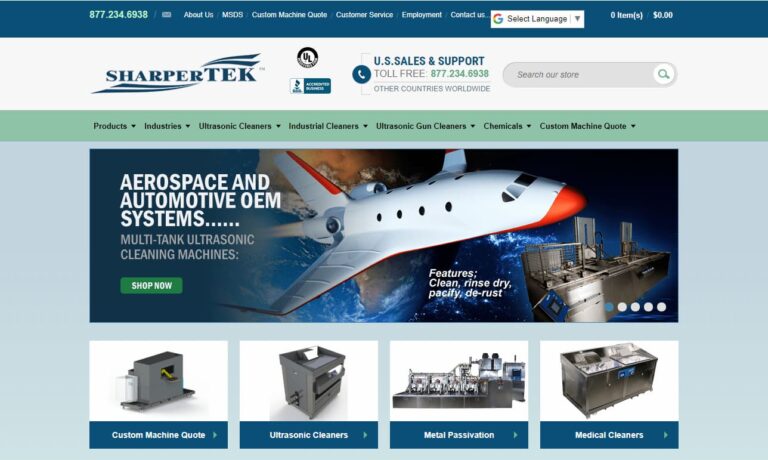
We take pride in being innovators at Mettler Electronics Corp, where we specialize in developing high-performance ultrasonic cleaning equipment trusted by professionals across industries. Our systems are designed to deliver powerful, precise cleaning through advanced ultrasonic technology that removes contaminants from intricate surfaces with efficiency and care.

More Ultrasonic Parts Cleaner Manufacturers

Large-capacity ultrasonic parts cleaners are used by the automotive, pharmaceutical, medical, beverage, electronics, marine, sporting goods, and weapons industries to clean products like hard drive components, small automotive parts, and process machine components that have grease or lubricant buildup. In addition, smaller models are available for usage at home, which typically entails jewelry cleaning applications. Ultrasonic parts cleaners are utilized in many commercial and industrial applications because they can simultaneously clean individual parts and many things.
A cleaning tank of varied sizes, ultrasonic agitators, transducers, pumps or pressure generators, a metal cabinet that serves as the housing, nozzles, and a reclamation system are among the parts of an ultrasonic parts cleaner. Most have some drying mechanism, such as a heat gun or a built-in heating system. Many ultrasonic cleaning systems incorporate rotating component holders, tumbling baskets, or oscillating systems to ensure that every part's surface, holes, and cavities are cleaned effectively.
The dirty components are put in baskets and submerged into the cleaning liquid, which is typically approximately 110° Fahrenheit but fluctuates depending on the type of the parts during the cleaning process. Cavitation, which is the production and collapse of millions of small bubbles in the liquid, is brought on by ultrasonic sound frequencies.
Scrubbing action removes contaminants from the product surfaces when these bubbles implode. The number of implosions generated is directly related to the frequency of the sound waves; the greater the frequency, the more implosions are produced. This action gives the cleaning process a great deal of control. The components are then dried after being cleaned with water or a solvent, producing a clean product with no stains.
How to Operate an Ultrasonic Parts Cleaner
The parts to be cleaned are put in a basket and submerged in a tank with the cleaning solution to utilize an ultrasonic parts cleaner. When the appliance is turned on, ultrasonic waves induce cavitation bubbles to develop, which clean the parts' surfaces. Once the cleaning cycle is finished, the parts may be subjected to additional cycles, such as rinsing and drying.

Advantages of Ultrasonic Parts Cleaning
Reduced Labor Costs
- Ultrasonic parts cleaners reduce human labor costs and have a timer to regulate the cleaning cycle.
Effective and Timely Precision Cleaning
- The industrial parts that are cleaned can be made of different materials (metal, plastic, glass, rubber, and ceramic).
- precise gap, cavity, and blind hole cleaning
- Cleaning of all parts is often finished in 10 to 30 minutes.
Eco-Friendly
- Toxic cleaning agents are replaced by biodegradable soap and dip water.
Parts of Ultrasonic Parts Cleaners
Below is a list of various parts commonly found in most ultrasonic parts cleaners.
- Lid
- Basket
- Inner Tank
- Frame
- Drain Valve
- Fan
- Generator
- Control Panel
- Heating System

What Not to Put in Ultrasonic Parts Cleaners
One must know what not to put in an ultrasonic cleaning machine when cleaning objects is crucial. First, ultrasonic waves can harm some delicate materials. Furthermore, materials sensitive to heat, such as some plastics and rubbers, shouldn't be put in sonic cleaning. When exposed to the heat produced by the cleaning process, these materials risk melting or warping. Finally, unless the device is made with combustible materials, it is crucial to avoid using flammable substances, such as some solvents and oils, in an ultrasonic cleaner. These substances represent a major fire risk since they can catch fire when exposed to strong ultrasonic waves.
Choosing the Proper Ultrasonic Parts Cleaner Supplier
To make sure you have the most beneficial outcome when purchasing ultrasonic parts cleaners from an ultrasonic part cleaner supplier, it is important to compare at least 4 companies using our list of ultrasonic parts cleaner suppliers. Each ultrasonic parts cleaner supplier has a business profile page that highlights their areas of experience and capabilities and a contact form to directly communicate with the supplier for more information or request a quote. Review each ultrasonic parts cleaner company website using our proprietary website previewer to get an idea of what each company specializes in, and then use our simple RFQ form to contact multiple ultrasonic parts cleaner companies with the same message.







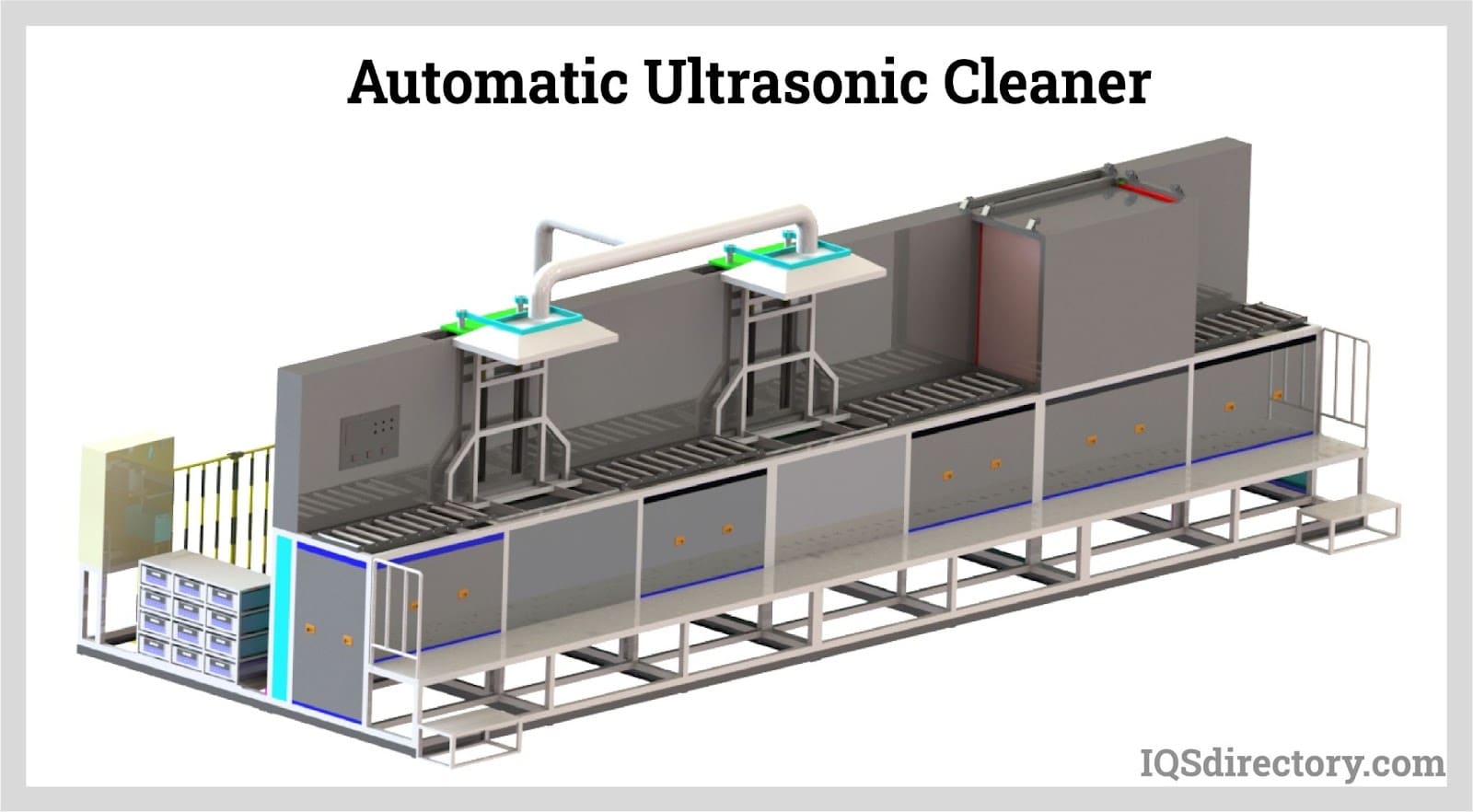
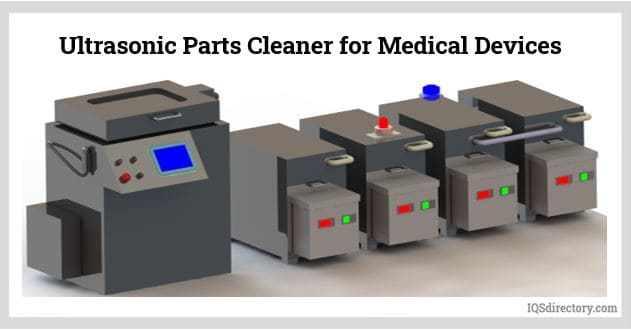
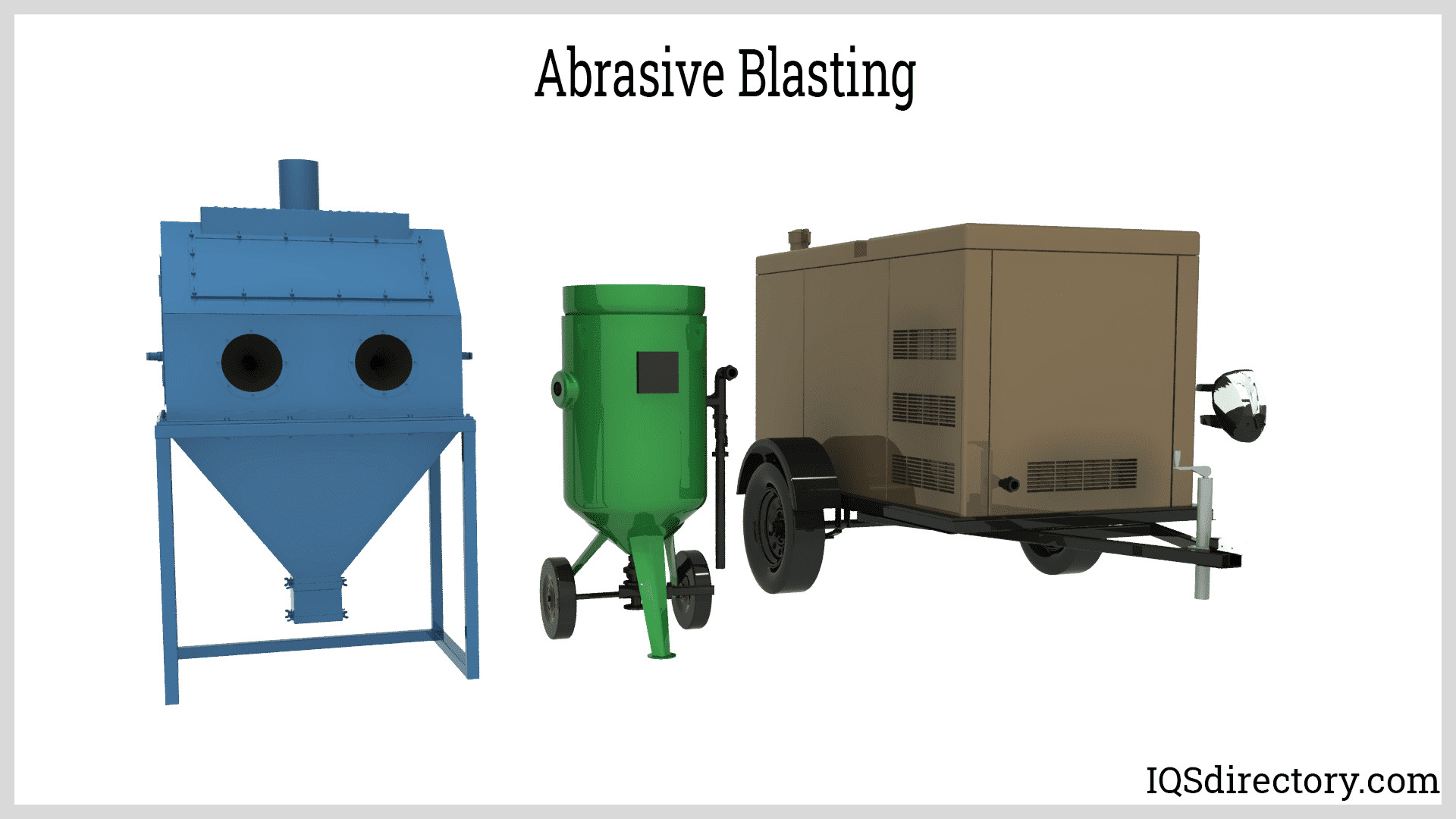
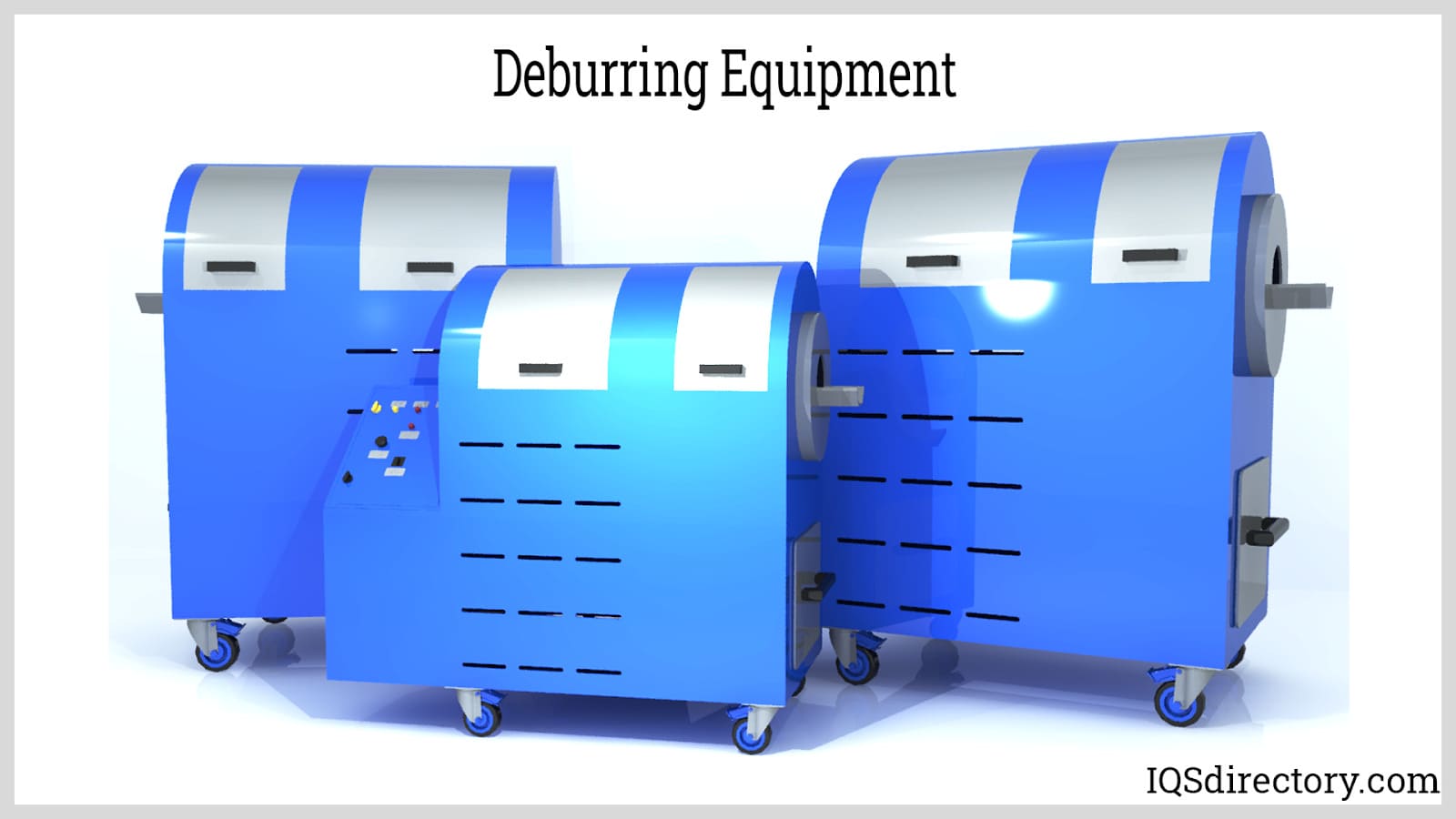
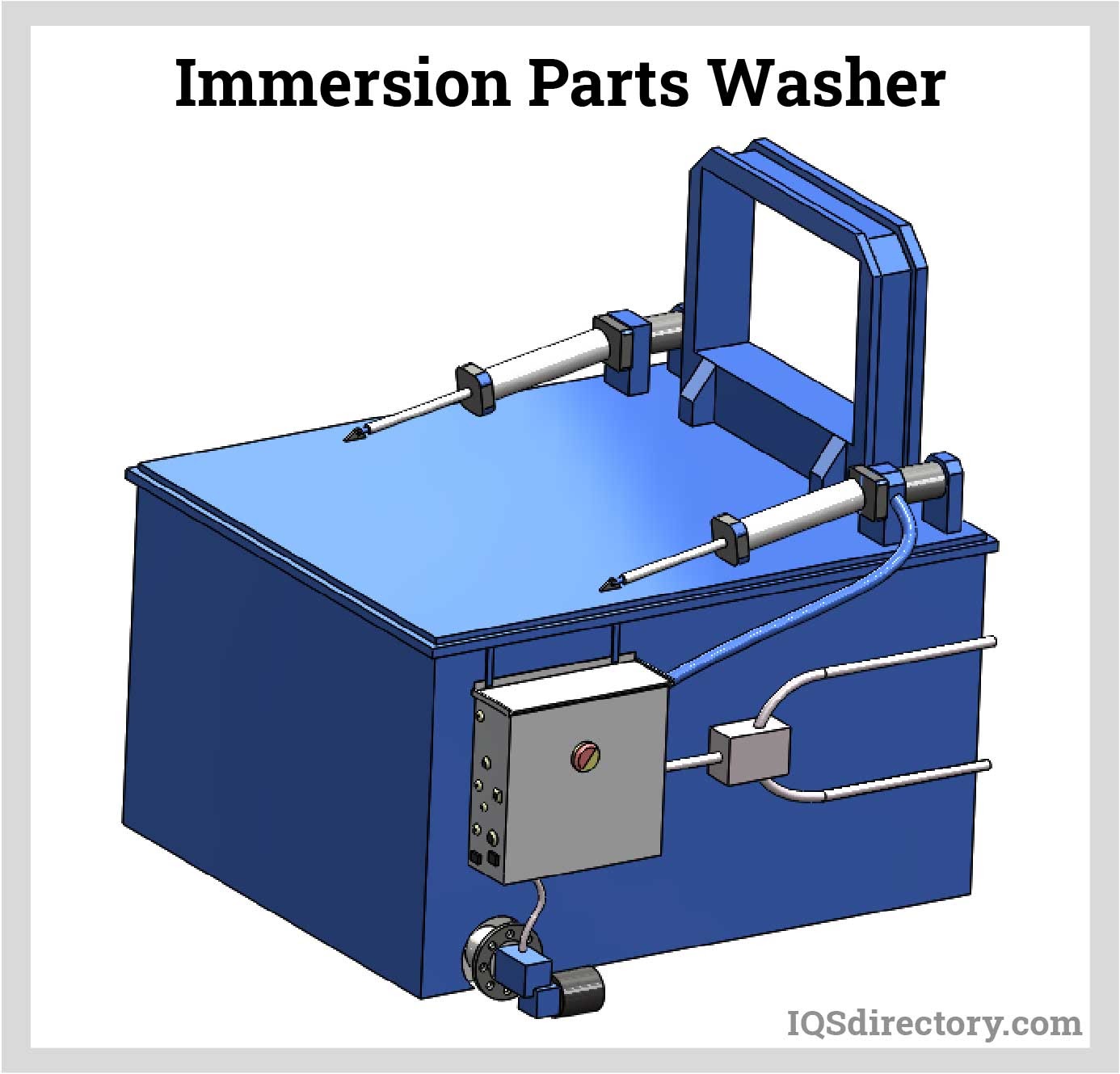
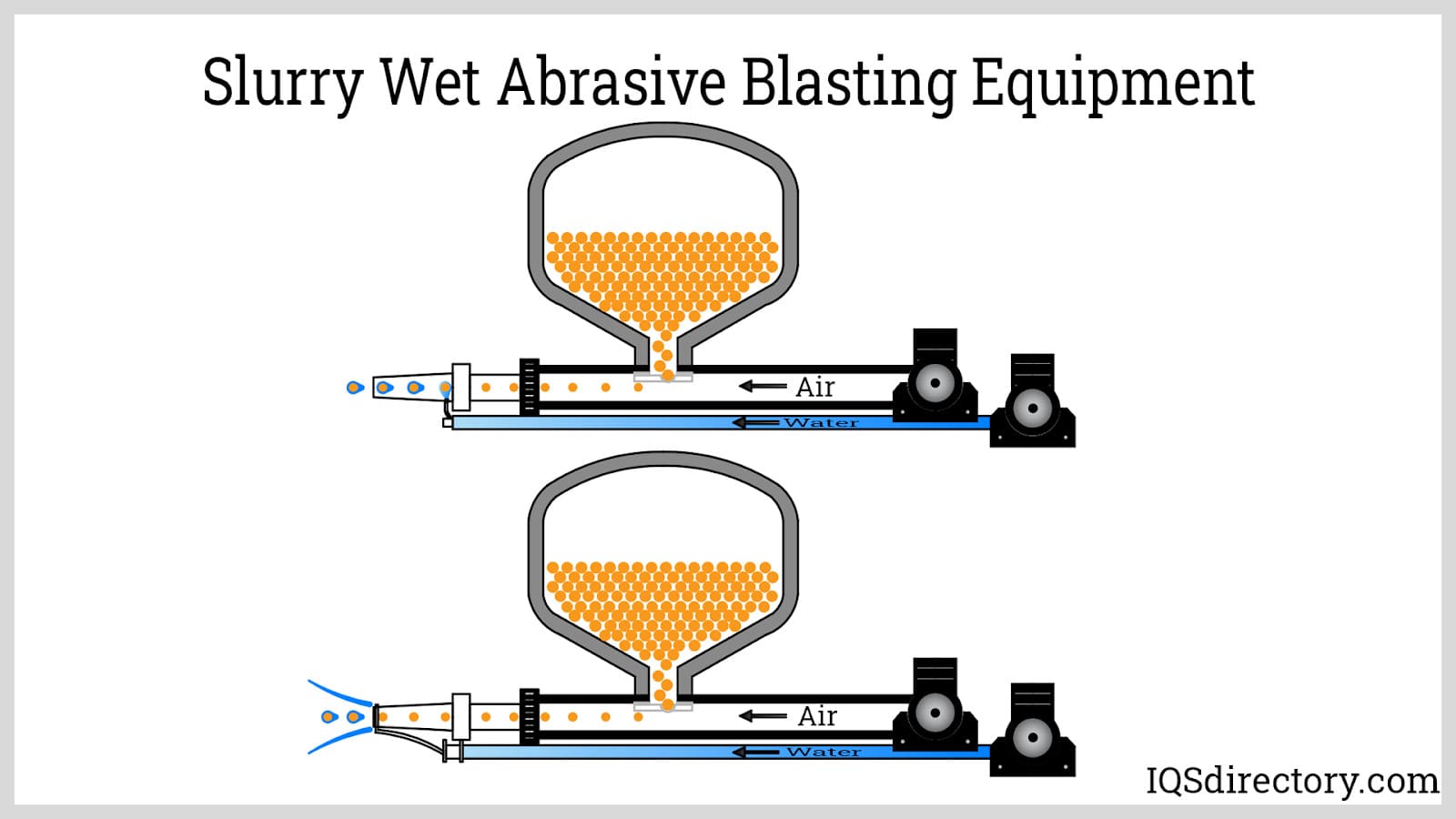
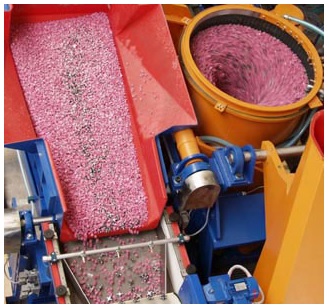 Deburring Machinery
Deburring Machinery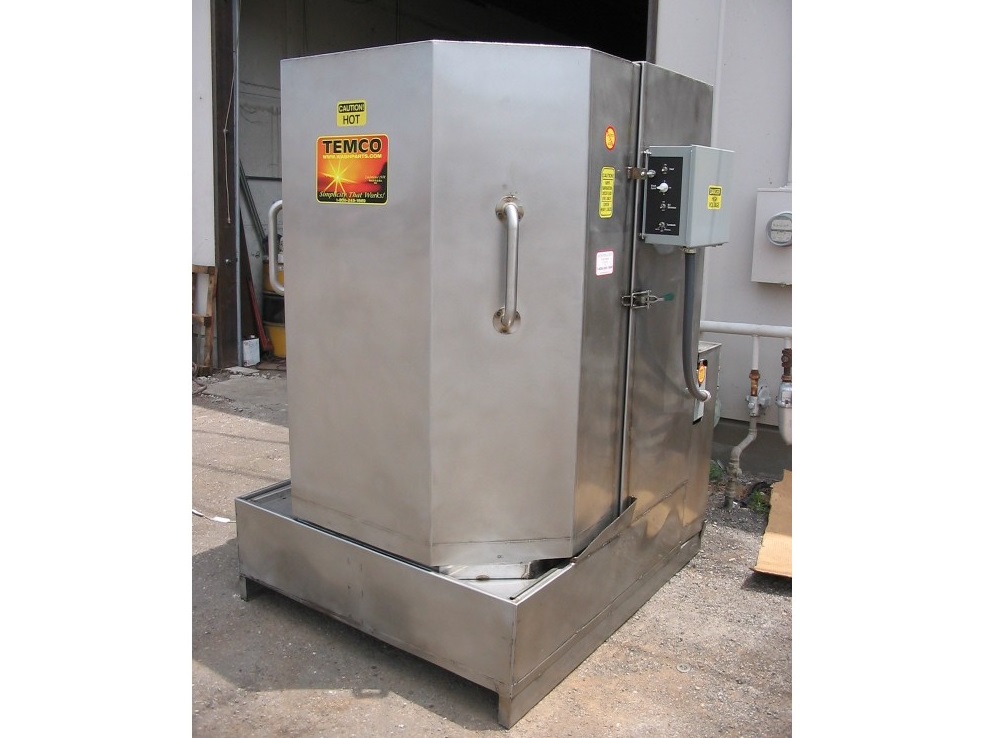 Industrial Parts Washers
Industrial Parts Washers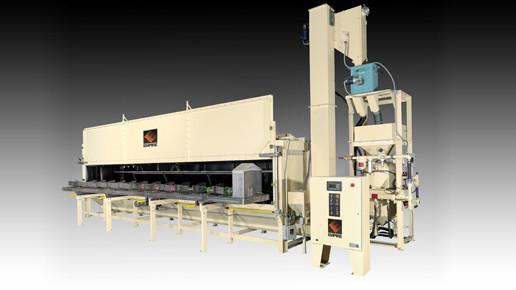 Sandblast Equipment
Sandblast Equipment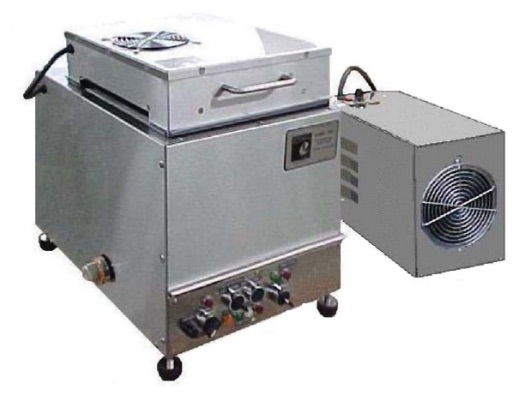 Ultrasonic Cleaners
Ultrasonic Cleaners Castings & Forgings
Castings & Forgings Bulk Material Handling
Bulk Material Handling Electrical & Electronic Components
Electrical & Electronic Components Flow Instrumentation
Flow Instrumentation Hardware
Hardware Material Handling Equipment
Material Handling Equipment Metal Cutting Services
Metal Cutting Services Metal Forming Services
Metal Forming Services Metal Suppliers
Metal Suppliers Motion Control Products
Motion Control Products Plant & Facility Equipment
Plant & Facility Equipment Plant & Facility Supplies
Plant & Facility Supplies Plastic Molding Processes
Plastic Molding Processes Pumps & Valves
Pumps & Valves Recycling Equipment
Recycling Equipment Rubber Products & Services
Rubber Products & Services